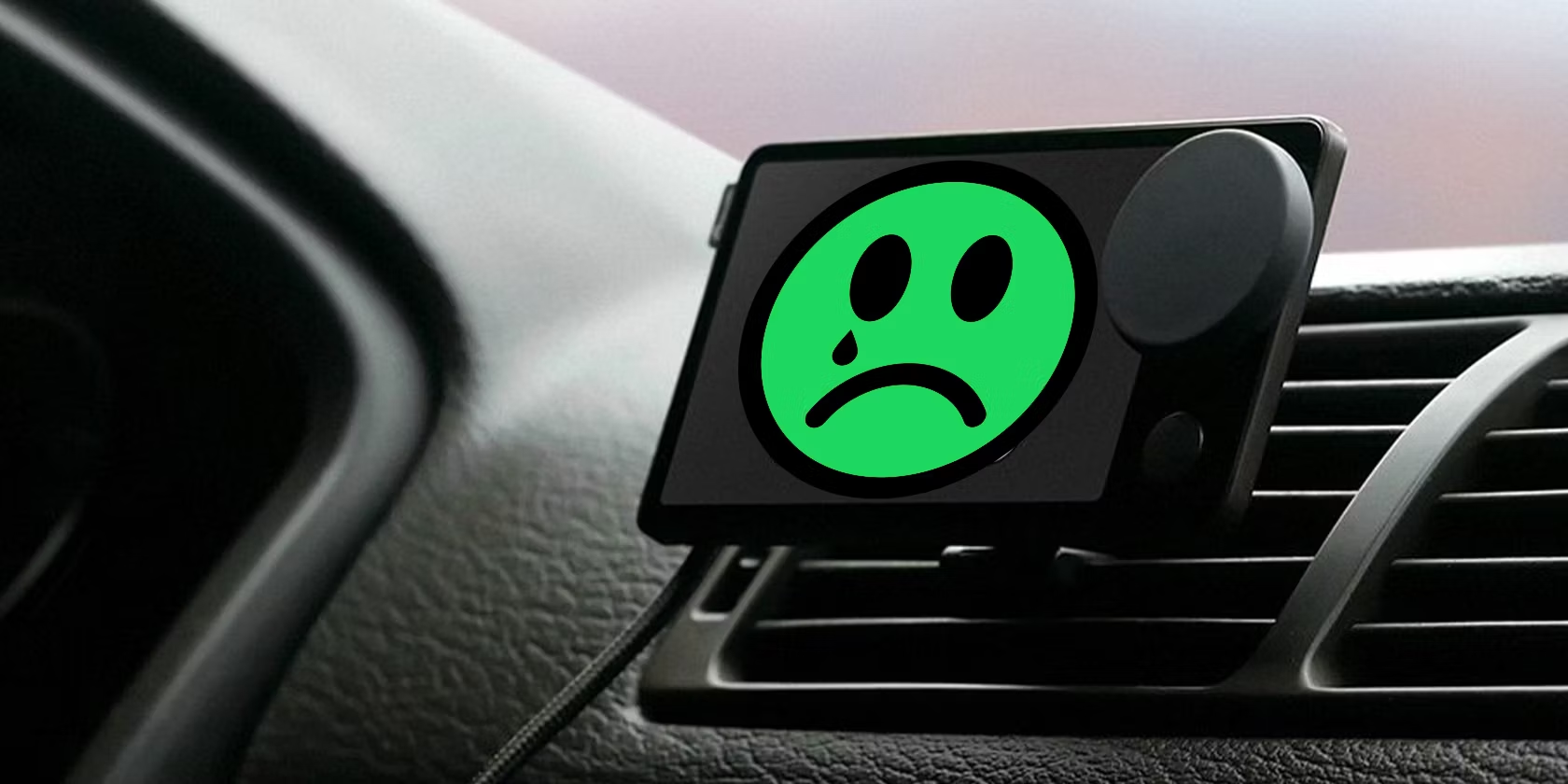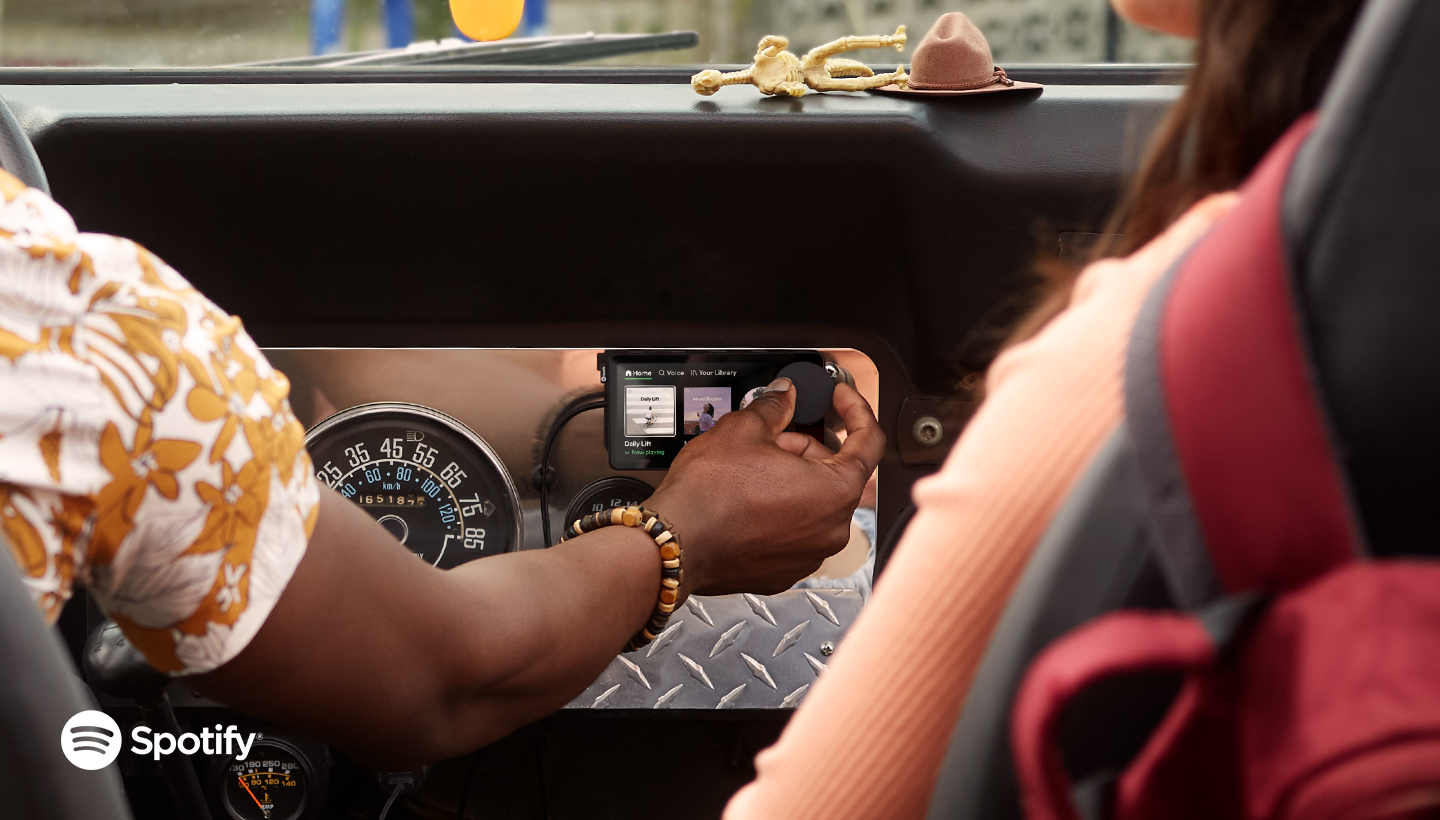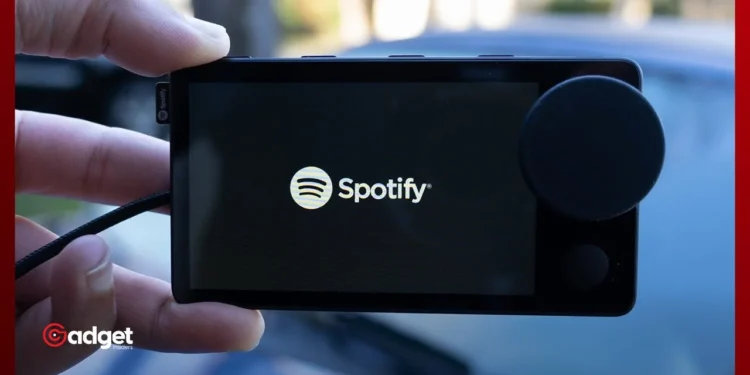In a move that caught many by surprise, Spotify announced it would deactivate all its Car Thing devices by the end of the year, a decision that has sparked significant backlash. This gadget, which was discontinued a few years ago but remained functional for existing users, has now fallen into controversy due to Spotify’s plan to render these devices obsolete.

The Discovery of Open-Source Capabilities
The Car Thing, despite its impending deactivation, possesses a level of open-source flexibility that wasn’t widely known until recently. Tech journalist Josh Hendrickson, known on YouTube as Anoraker, uncovered that the device operates on Linux, with its source code for the U-boot and Linux kernel readily available on GitHub.
This information emerged amidst user frustration over Spotify’s decision, with many questioning why the devices couldn’t be repurposed rather than contribute to electronic waste. Hendrickson’s findings suggest that although Spotify has made the Car Thing as open-source as its hardware allows, the device’s weak specifications severely limit its utility beyond its original function as a web-based media player.
Powered by an Amlogic chip, the Car Thing allows for BootRom mode access, which theoretically enables users to flash new software or run custom code. However, the gadget’s limited processor, 4GB of eMMC storage, and merely 512MB of RAM render it inadequate for more demanding applications.
bad apple on the spotify car thing https://t.co/uX7QZYvESe pic.twitter.com/xLojT8xw93
— addison (@uwunetes) June 4, 2024
Environmental Concerns and Missed Opportunities
This revelation not only highlights the Car Thing’s limited functionality but also underscores the environmental implications of such a product. Described by Hendrickson as “open-source e-waste,” the device represents a missed opportunity for Spotify to adopt more sustainable practices.
In retrospect, the creation of a $100 device solely to stream web music appears excessive, especially considering the myriad of other ways to achieve similar functionality through existing technology, such as enhanced smartphone integration or improved car infotainment systems.

As the tech community continues to discuss the fate of the Car Thing, Hendrickson plans to release a detailed video exploring the technical nuances of this device. His insights may provide a deeper understanding and perhaps even guide users on how they might salvage some utility from their now-doomed gadgets.
Spotify’s Response and User Feedback
While Spotify has not yet publicly addressed these discoveries in detail, the situation raises important questions about the responsibilities of tech companies in managing the lifecycle of their products. As consumers and environmental advocates call for more sustainable practices, the fate of the Car Thing could serve as a cautionary tale for future tech innovations.
For those interested in the ongoing discussion or who have insights to share about the Spotify Car Thing, further details can be sought from tech forums or directly from sources like Android Authority.

This episode in Spotify’s history highlights the complex interplay between technological innovation, consumer expectations, and environmental responsibility. As we continue to navigate the digital age, the choices made by companies like Spotify will undoubtedly influence not only user experience but also the broader impact of technology on our planet.










